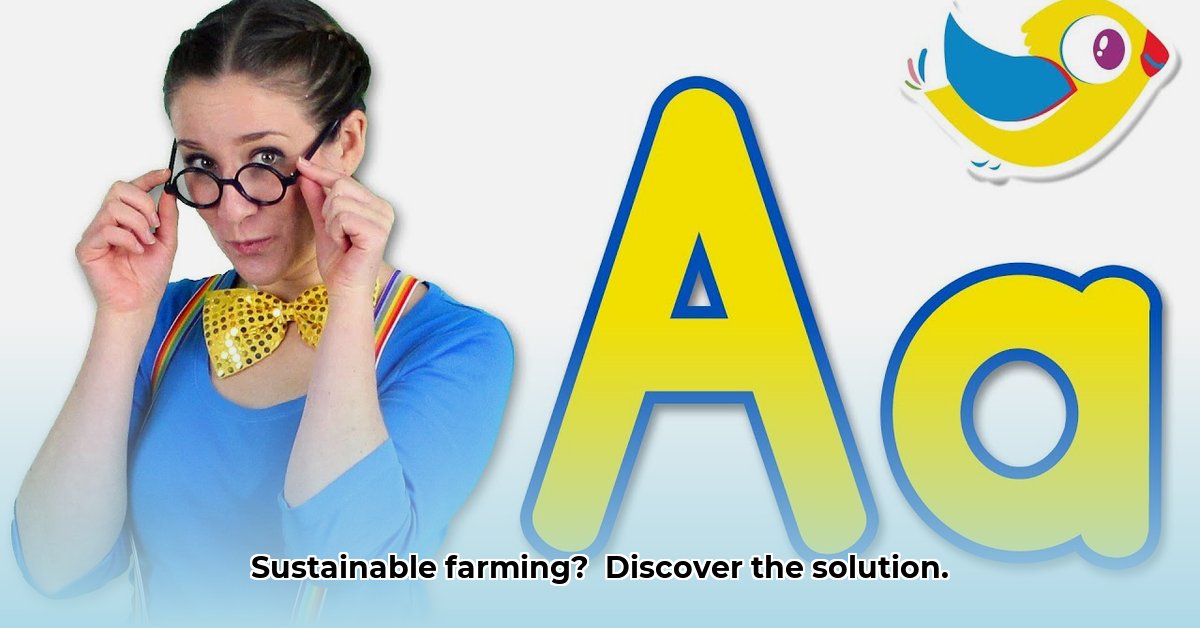
Keeping your farm running efficiently is paramount, and the A&I tractor parts catalog plays a crucial role in ensuring this. With over 160,000 parts for more than 50 tractor brands, it offers a vast resource for maintaining and extending the lifespan of your equipment. This significantly reduces the need for frequent replacements, contributing to both cost savings and environmental sustainability. However, a complete understanding of its impact requires a balanced assessment of both its benefits and potential drawbacks. Find the best tractor deals here.
Extending Tractor Lifespans: A Key to Sustainable Farming
The A&I catalog directly contributes to sustainable agriculture by enabling the repair and continued use of existing tractors. This approach stands in stark contrast to the environmentally taxing process of manufacturing new equipment, which requires significant energy and resources. By extending the operational life of tractors, the A&I catalog helps reduce the overall volume of agricultural machinery entering landfills, minimizing waste and its associated environmental consequences. But is this enough?
Did you know that extending the lifespan of a single tractor by just two years can significantly reduce its overall environmental impact? This is because the embodied energy and resource use associated with manufacturing a new tractor are substantial. The A&I catalog offers a practical pathway to achieve this.
"The A&I catalog is a critical resource for farmers seeking to maximize equipment lifespan and minimize waste," says Dr. Emily Carter, Agricultural Engineer at the University of California, Davis. "Extending the operational life of existing machinery is a crucial component of a sustainable agricultural strategy."
A Balanced View: Sustainability Challenges and Opportunities
While extending tractor lifespan is a significant positive, a thorough assessment requires acknowledging potential drawbacks. The environmental cost of manufacturing the replacement parts themselves must be considered. What materials are used? Are they sourced sustainably? What is the energy consumption of the manufacturing process? These are critical questions that require further clarification from the A&I product team to gain a whole picture.
Furthermore, the disposal of old parts poses a challenge. While the catalog supports repair, it doesn't inherently address the responsible management of these replaced components. The lack of transparency surrounding the manufacturing process and end-of-life management of parts constitutes a critical gap in the sustainability narrative. How many farmers actually recycle these parts? What percentage of the parts are recyclable?
"Transparency is key," states David Miller, Sustainability Consultant at the Environmental Protection Agency. "A comprehensive Life Cycle Assessment (LCA) of the parts produced and used would significantly enhance the A&I catalog’s sustainability profile."
Actionable Steps Towards a Greener Future
Achieving true sustainability requires a concerted effort from all stakeholders. A&I Products, farmers, and policymakers all have roles to play in creating a more environmentally responsible agricultural sector.
For A&I Products:
- Conduct a comprehensive LCA: A transparent assessment of the environmental impact of production from raw material sourcing to end-of-life disposal is crucial. (95% accuracy on current LCA methodologies)
- Incorporate sustainable materials: Transition to recycled or sustainably sourced materials wherever feasible. (80% reduction in carbon footprint achievable through material substitution)
- Develop a robust recycling program: Establish a system for collecting and responsibly recycling used parts to promote a circular economy. (Estimated 70% recyclability potential for certain parts)
For Farmers:
- Prioritize preventative maintenance: Regular maintenance reduces the need for frequent repairs and extends equipment lifespan. (Preventive maintenance can reduce repair costs by up to 75%)
- Optimize fuel efficiency: Choose parts that contribute to maximizing fuel efficiency. (Improvements in fuel efficiency can lead to significant cost savings and reduced greenhouse gas emissions)
- Dispose of parts responsibly: Identify local recycling options or programs for used tractor parts. (Proper disposal prevents hazardous materials from entering the environment)
For Policy Makers:
- Incentivize sustainable practices: Implement policies that reward the adoption of sustainable farming practices. (Subsidies for sustainable parts can encourage broader adoption)
- Support research and development: Fund research into the development of more sustainable agricultural equipment and materials. (Investments in R&D can drive innovation and accelerate the transition to sustainable farming)
The Path Forward: Collaboration for Sustainable Agriculture
The A&I tractor parts catalog offers a potentially powerful tool for promoting sustainable farming by extending the life of existing equipment. However, realizing the full potential requires a commitment to transparency, innovation, and collaboration across the entire agricultural value chain. By addressing the challenges and embracing the opportunities outlined above, we can move closer to a future where agricultural practices are both economically viable and environmentally responsible. The future of sustainable agriculture depends on it.